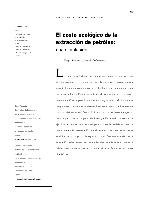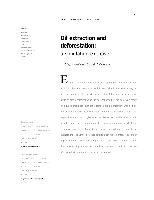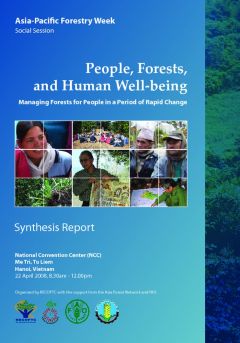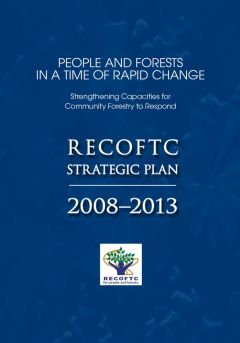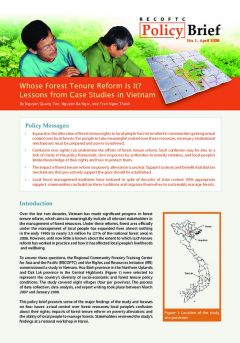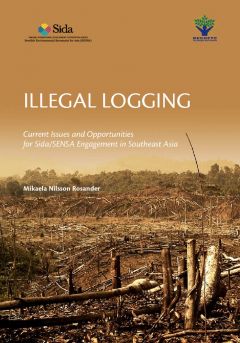Regulations of Qiandongnan Miao and Dong Autonomous Prefecture on the protection of ethnic cultural villages.
These Regulations, consisting of 40 Articles, are enacted to strengthen the planning, protection, construction, management and utilization of ethnic cultural villages in Qiandongnan Miao and Dong Autonomous Prefecture.The administrative departments for construction of the people's governments at the county level should plan for the protection of ethnic cultural villages, and delimit the protected areas. The planning, construction, protection, management and utilization of ethnic cultural villages should respect the wishes of the local people and safeguard the interests thereof.



